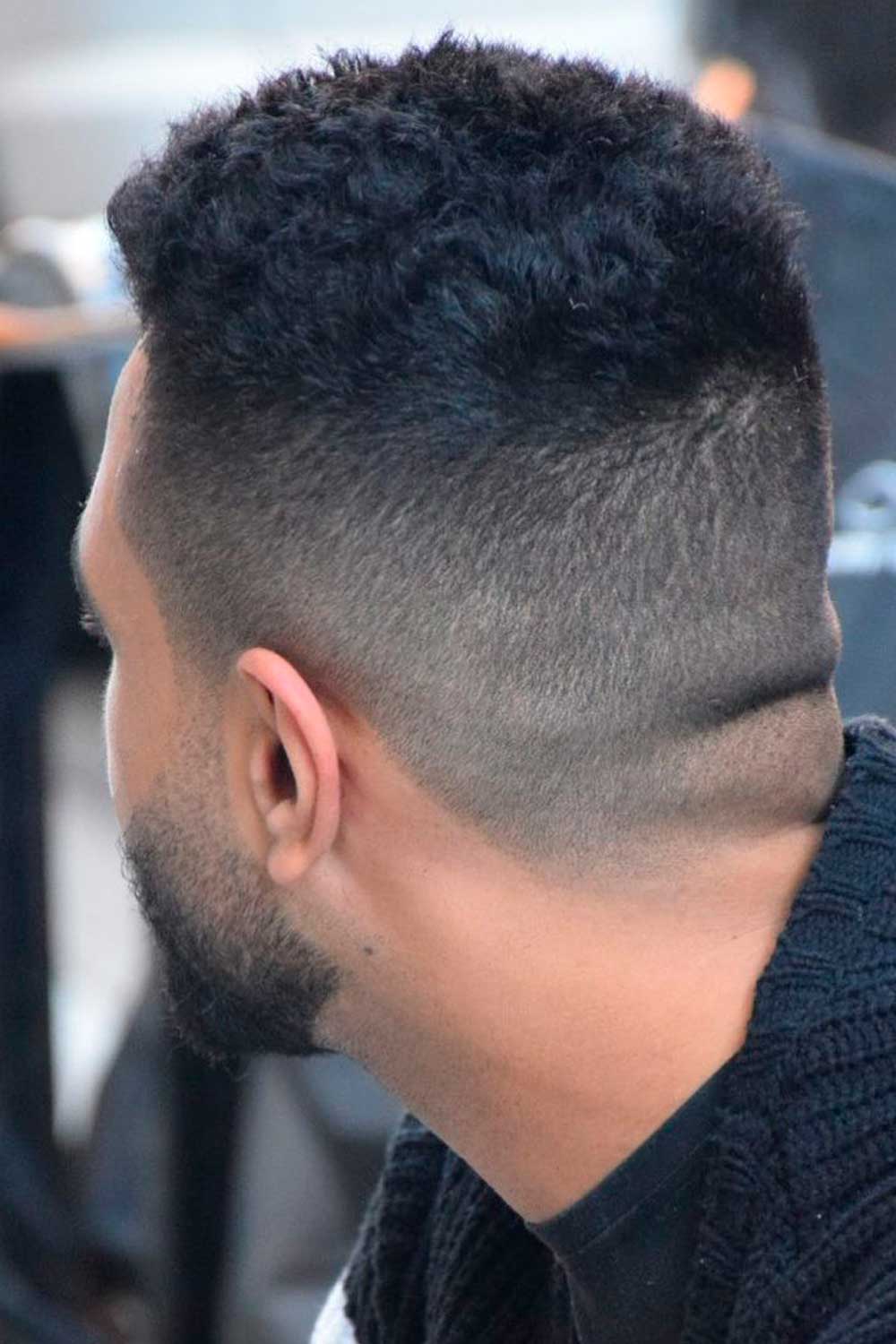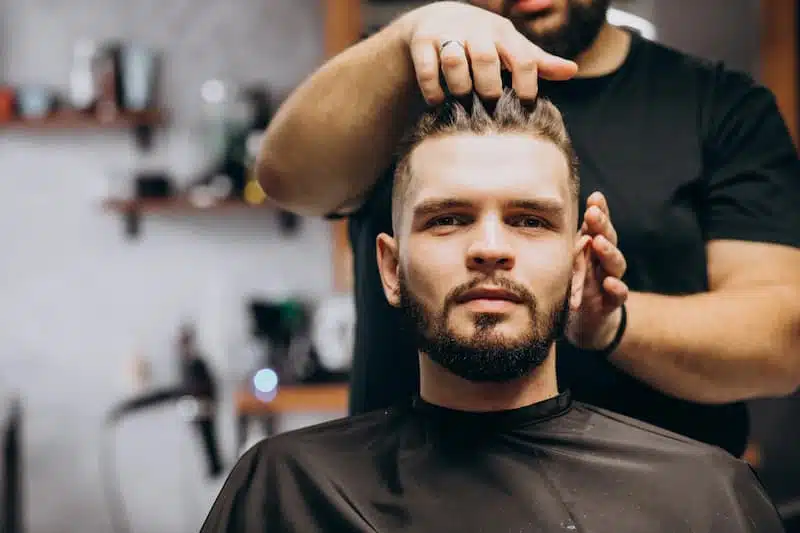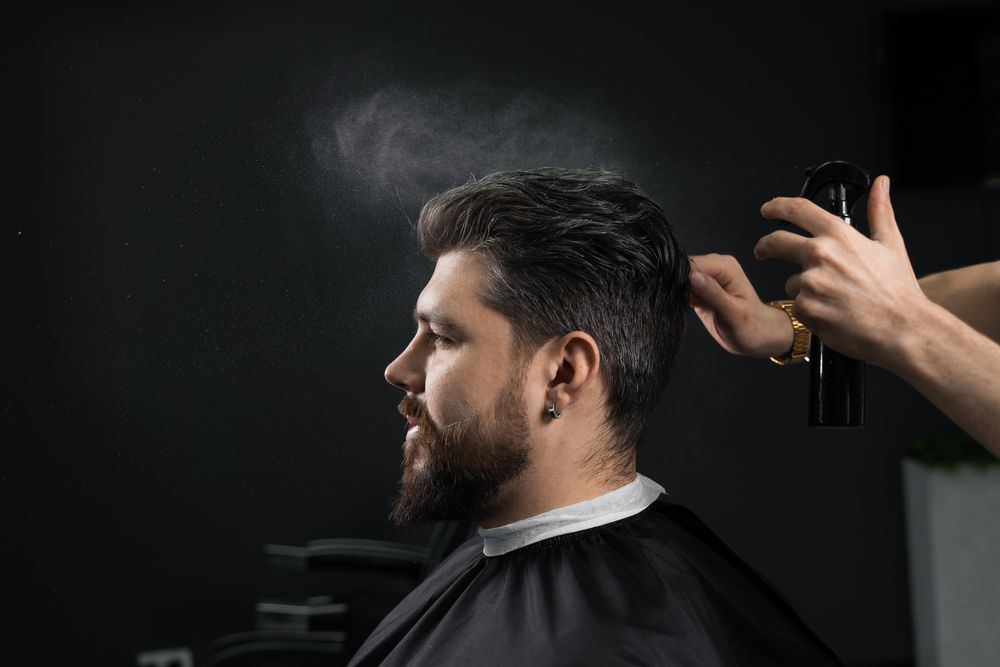
مدرج قصير للشعر القصير مدرج قصير قصات شعر رجالي - طريقة قص الشعر ديكرادي قصيرة Ø… | Cabelo crespo masculino, Cabelo masculino, Cabelo crespo

احدث قصات الشعر للرجال للشعر الطويل و القصير فمن المعروف ان قصات الشعر للرجال تعكس زوق الرجل وفي … | Latest men hairstyles, Latest haircut for men, Haircuts for men





















